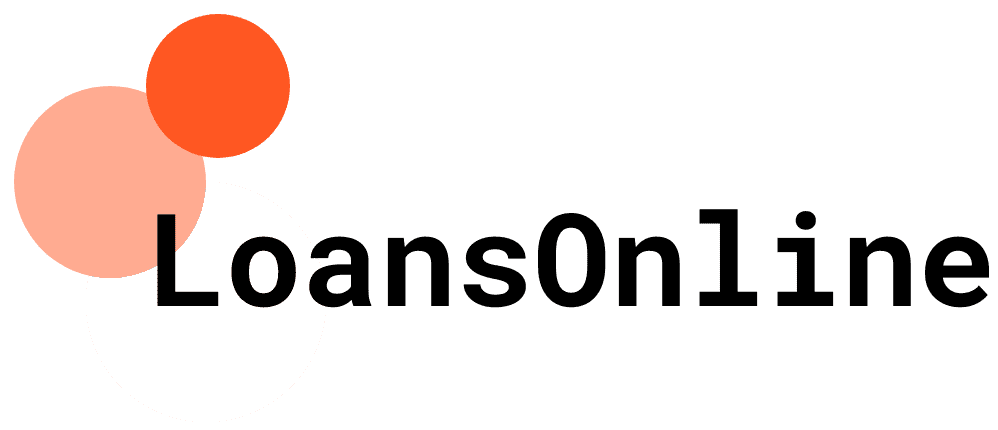So, I recently stumbled upon something called a ‘piggyback loan’ while researching ways to buy my dream house without paying a hefty down payment. The name intrigued me, and what I found out was even more interesting. I thought I’d share my journey with you all, especially for those like me, trying to navigate the intricate world of mortgages and down payments.
Starting With: What’s a Piggyback Loan?
When I first heard the term, I imagined someone literally piggybacking on another – which isn’t far from the concept. A piggyback loan is essentially two mortgages taken out simultaneously. The first loan covers the bulk of the home’s cost, typically 80%, and the second loan covers the amount that’s missing from your down payment. Let’s say, if you’ve only saved 10% for a down payment, this second loan will cover the remaining 10% to meet the standard 20% down payment requirement.
Why I Considered a Piggyback Loan?
The main reason? To avoid Private Mortgage Insurance (PMI). PMI is an added cost for borrowers who can’t come up with a 20% down payment. By using a piggyback loan to meet that 20% mark, I could potentially bypass the need for PMI, saving me money in the long run.
Diving Deeper: The 80-10-10
While researching, I came across this term frequently: the 80-10-10 loan. This is the most common form of a piggyback loan. The first ’80’ represents the primary mortgage’s percentage of the home’s price, the first ’10’ stands for the second loan’s percentage, and the last ’10’ is your down payment. Breaking it down helped me understand the structure more clearly, and I hope it does the same for you.
Benefits I Discovered
The potential benefits that really stood out to me were:
- As mentioned, avoiding PMI.
- Having a smaller primary mortgage which can sometimes help in getting a better interest rate.
- The potential for more flexible repayment terms on the second loan.
The Risks I Needed to Be Wary Of
It wasn’t all rosy. Like all financial decisions, piggyback loans come with their set of risks:
- The second loan usually has a higher interest rate than the first.
- If home values drop, I could owe more than my home’s worth.
- Managing two loans could get complex and straining on my finances.
Conclusion: My Take on Piggyback Loans
For me, understanding the intricacies of piggyback loans was an enlightening experience. It’s a tool that could potentially help many homebuyers like myself. However, it’s essential to understand fully the terms of both loans, weigh the benefits against the risks, and always consult with a financial advisor. Homeownership is a massive milestone, and while tools like piggyback loans can assist, we need to ensure they align with our broader financial health and goals.



